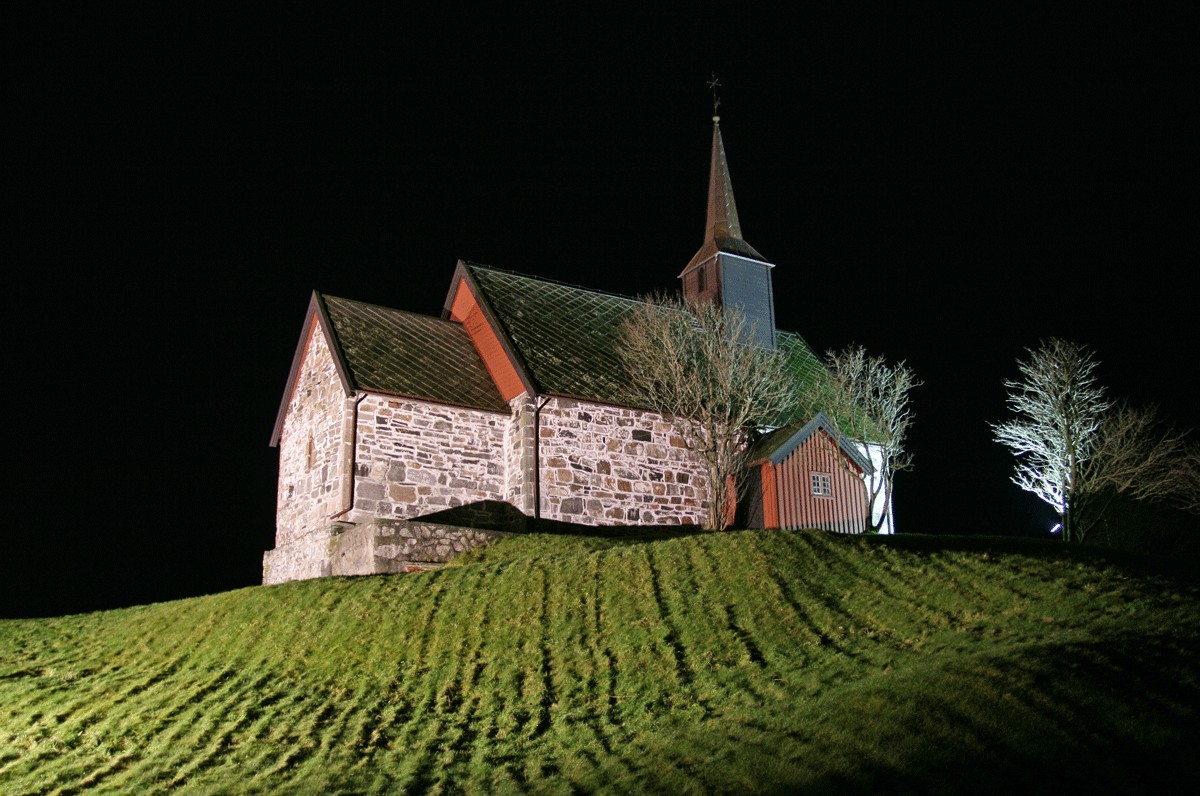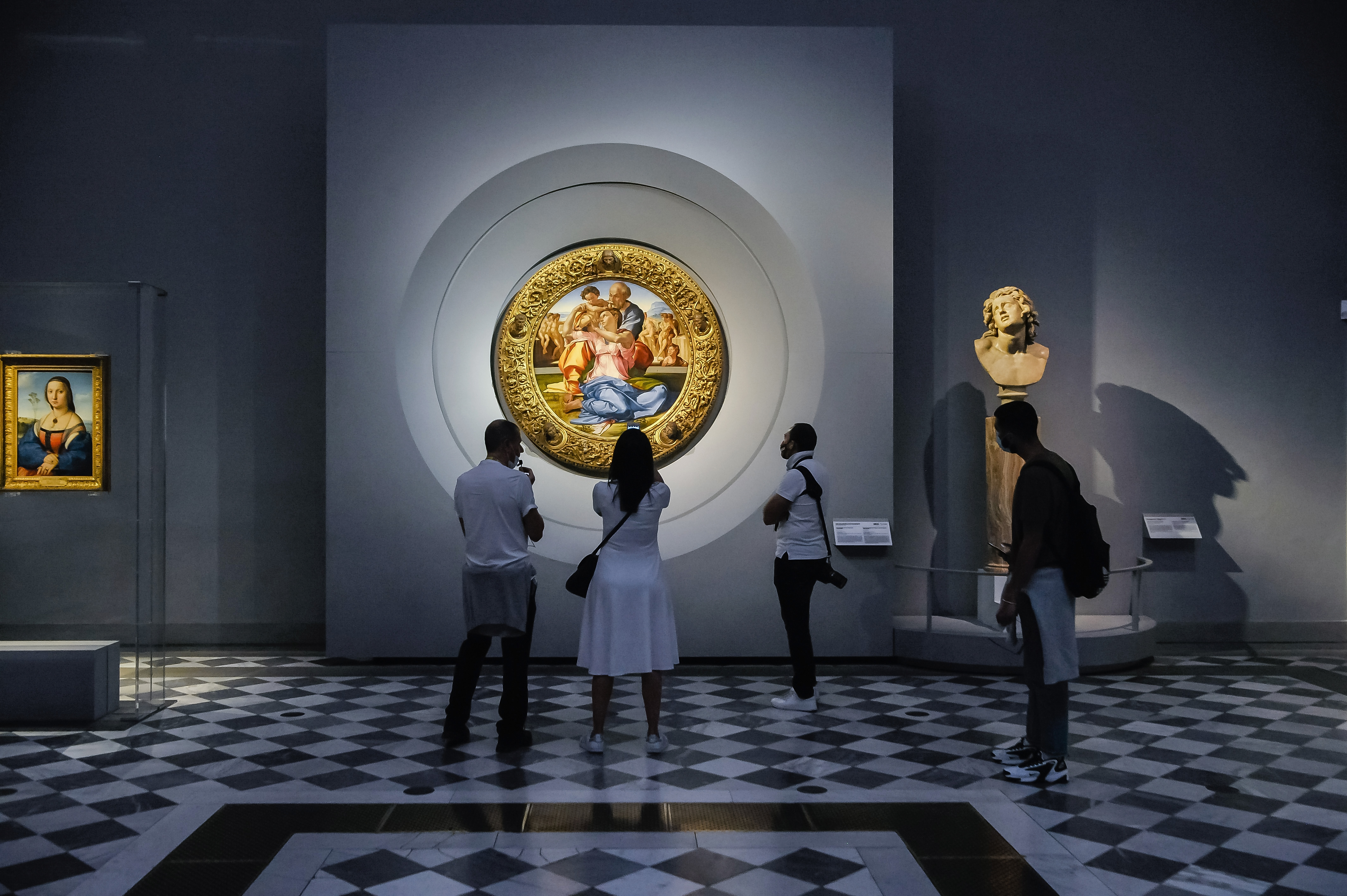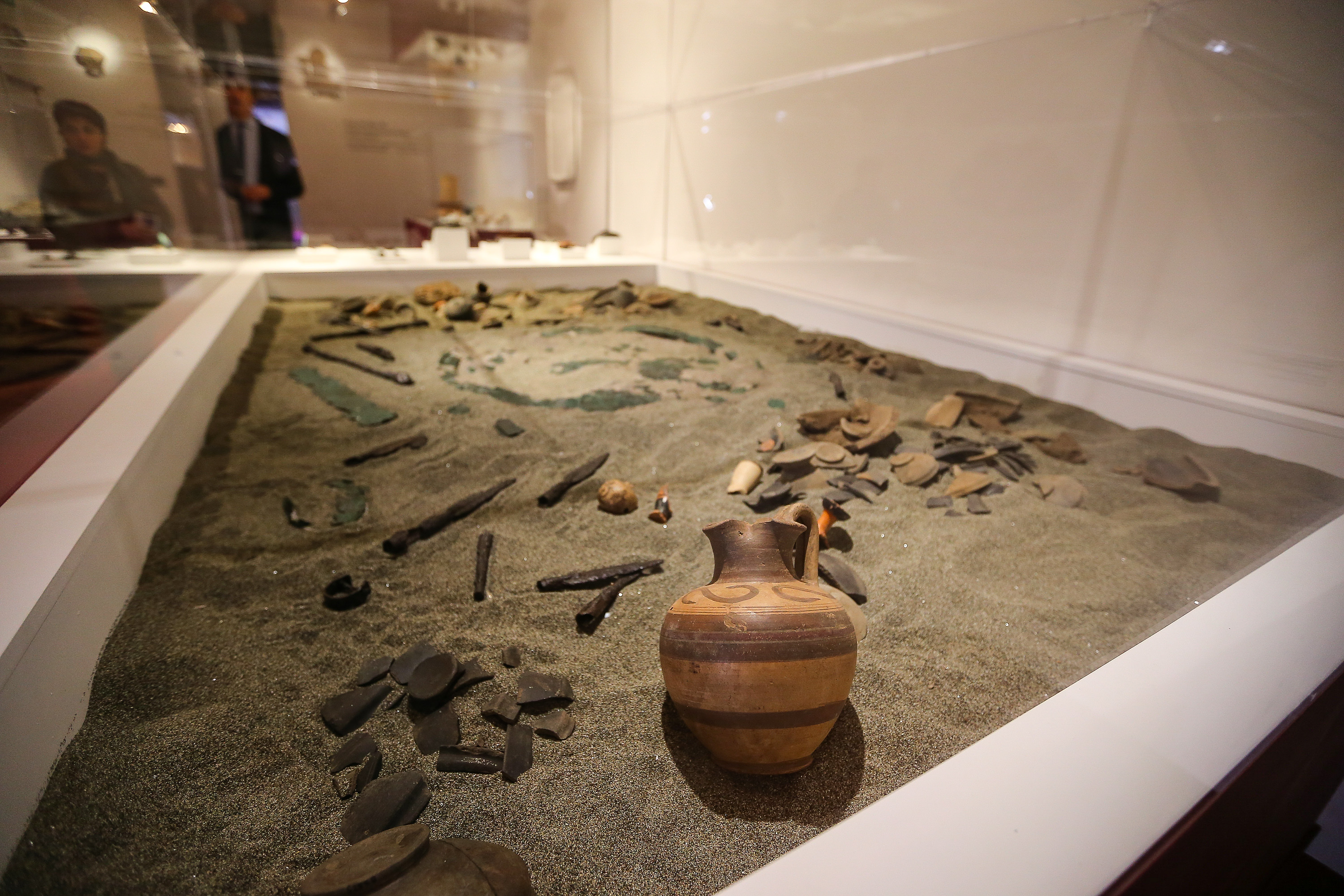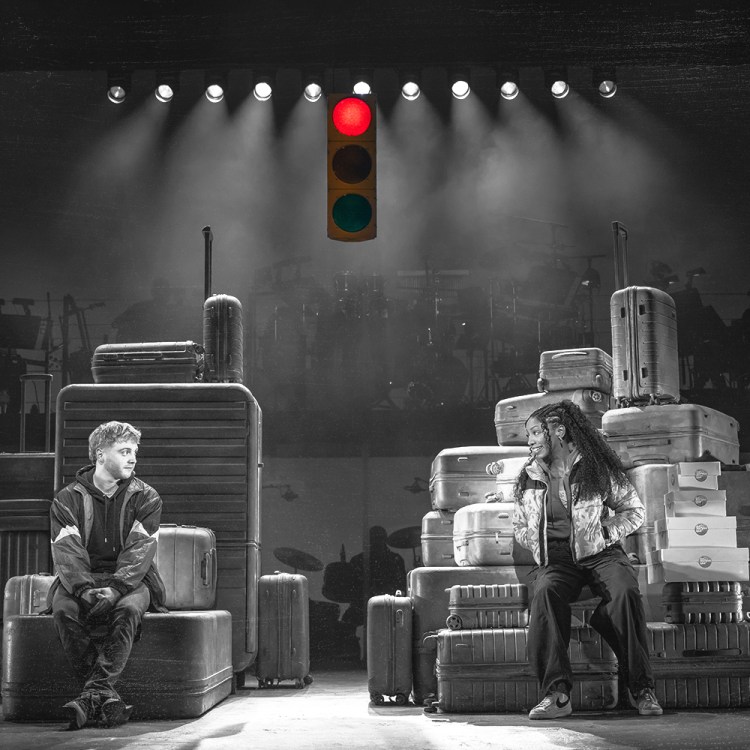When you think of the word graffiti, the first thing that comes to mind is probably a largely modern phenomenon. Think street art; think protest slogans or irreverent statements hastily painted on walls and other structures. But it turns out that graffiti has a much longer history — something an architectural dig near Hadrian’s Wall recently showed.
Hadrian’s Wall was originally built to represent the northernmost border of the Roman Empire. Since the 19th century, efforts have been in place to preserve this historically significant site — notable for a host of reasons, including the glimpses it offers into the region’s past.
It was on one of these digs that a religious item from the 5th century was uncovered. That information comes via a story in The Guardian by Dalya Alberge, who describes it as a chalice featuring a “complex mass of crosses and chi-rhos, angels and a priestly figure, as well as fish, a whale and ships.”
The article describes it as the first instance of Christian graffiti in Britain.
Durham University professor Dr. David Petts spoke about the significance of the discovery. “When we think of graffiti, we tend to think it’s unauthorised vandalism,” Petts said. “But we know from many medieval churches, that people would put marks and symbols on buildings.” This chalice, he said, represents a different spin on what scholars have seen in the past.
The chalice was located in the ruins of Vindolanda, a Roman fort; archaeologists also found evidence of a church there from several centuries later. It’s a fascinating discovery, and one which adds to contemporary knowledge of the region’s history.
Subscribe here for our free daily newsletter.
Thanks for reading InsideHook. Sign up for our daily newsletter and be in the know.

















